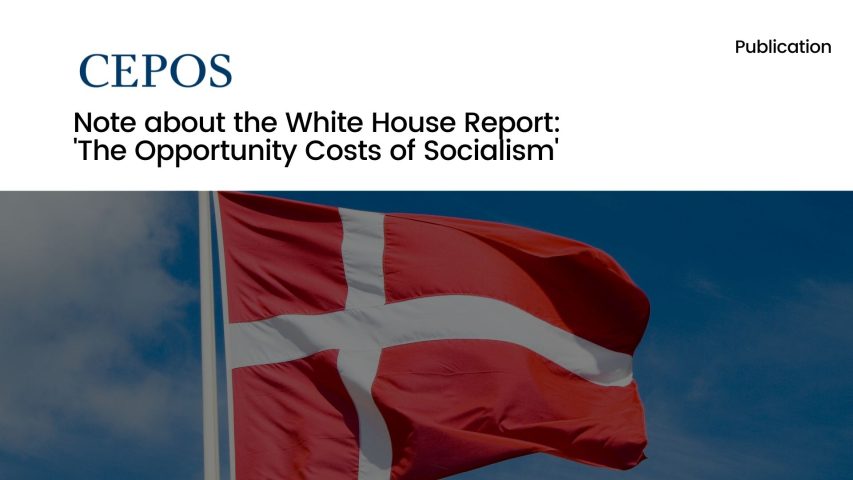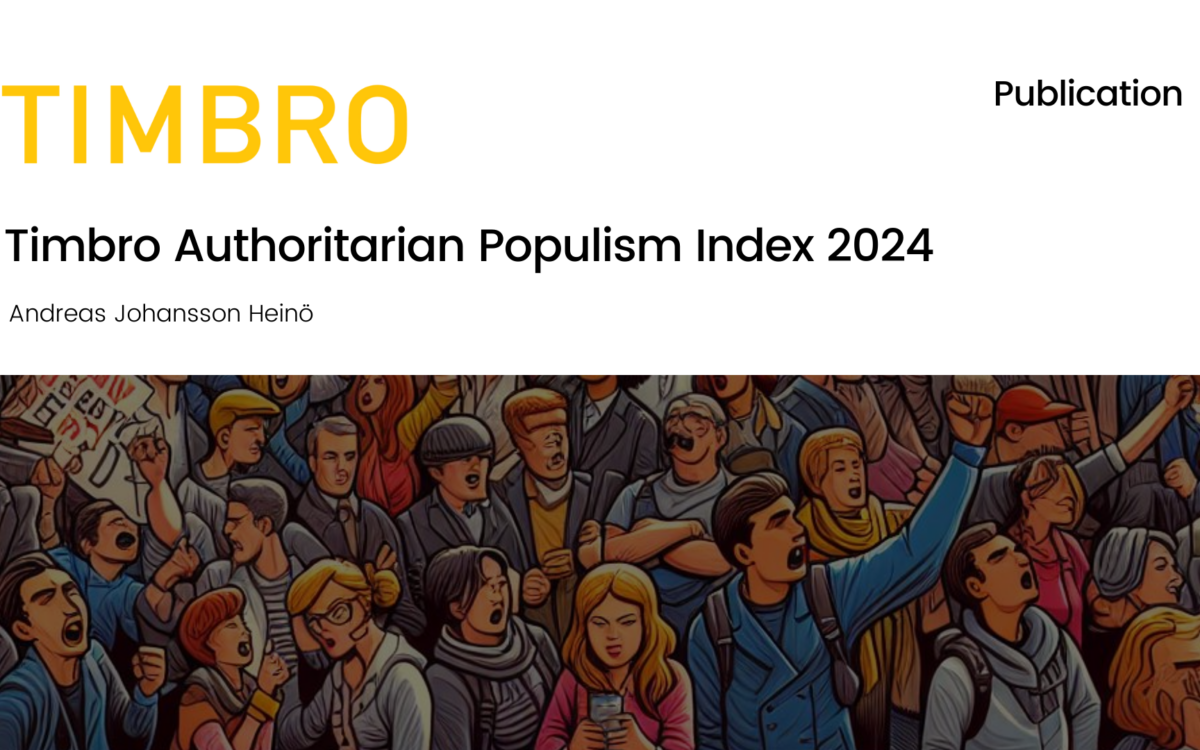Note About the White House Report ‘opportunity Costs of Socialism’

Note About the White House Report ‘opportunity Costs of Socialism’
9 January 2019
The White House’s Council of Economic Advisors (CEA) has published a report: “The Opportunity Costs of Socialism”. It is an interesting report with many relevant findings and conclusions. Its primary focus is describing the (negative) economic consequences of socialism as it was practiced in for example the Soviet Union. The report also includes a section about the Nordic countries including Denmark. Our main comments are:
It is relevant to include Denmark in the report since American socialists like Bernie Sanders often refers to Denmark as a role model. The report says – rightly so – that you cannot characterize the Nordic countries (and Denmark) as socialist countries. In a socialist country the state owns the means of production. This is not what characterizes the Nordic countries. Denmark and the other Nordic countries are market economies with high taxes and a high level of government spending.
On Economic Freedom indexes (capitalism-index) Denmark gets a high score. The Fraser Institute’s Economic Freedom of the World index ranks Denmark 16th (out of 162 countries). According to the Heritage Foundation’s Index of Economic Freedom, Denmark (ranked 12th out of 180 countries) ranks higher than the US (18th). Denmark generally ranks high on regulation, protection of private property, fighting corruption, flexibility of the labor market and trade, but ranks low on taxes and public spending, which are very high in Denmark compared to other countries.
The report correctly concludes that GDP (in US-dollars corrected for PPP) in the US is higher than in Denmark. The gap is around 15 per cent. One reason for this gap is that government spending and the tax burden is bigger in Denmark than in the US. The high taxes in Denmark distorts work-effort, savings and investments. Bergh & Henrekson (2011)1 found that a reduction of taxes by 10 per cent of GDP in OECD countries increases yearly GDP-growth by ½-1 per cent per year. The OECD found that increasing taxes’ share of GDP by 2 per cent could reduce GDP by 1-1½ per cent.
In general, the CEA report presents the Danish tax system in a light that underestimates the tax burden. Reading the report, one could easily get the impression that taxes in Denmark are only slightly higher than in the US. The fact is that the tax burden (taxes to GDP) is the second-highest in the OECD and 70 percent higher than in the US (46 vs. 27 per cent of GDP). Despite many reforms, the tax burden has not been reduced since 1987. In the period 2002-2016, Denmark had the highest tax burden among the 36 OECD countries.
Download or share this publication
View the PDF
EPICENTER publications and contributions from our member think tanks are designed to promote the discussion of economic issues and the role of markets in solving economic and social problems. As with all EPICENTER publications, the views expressed here are those of the author and not EPICENTER or its member think tanks (which have no corporate view).



